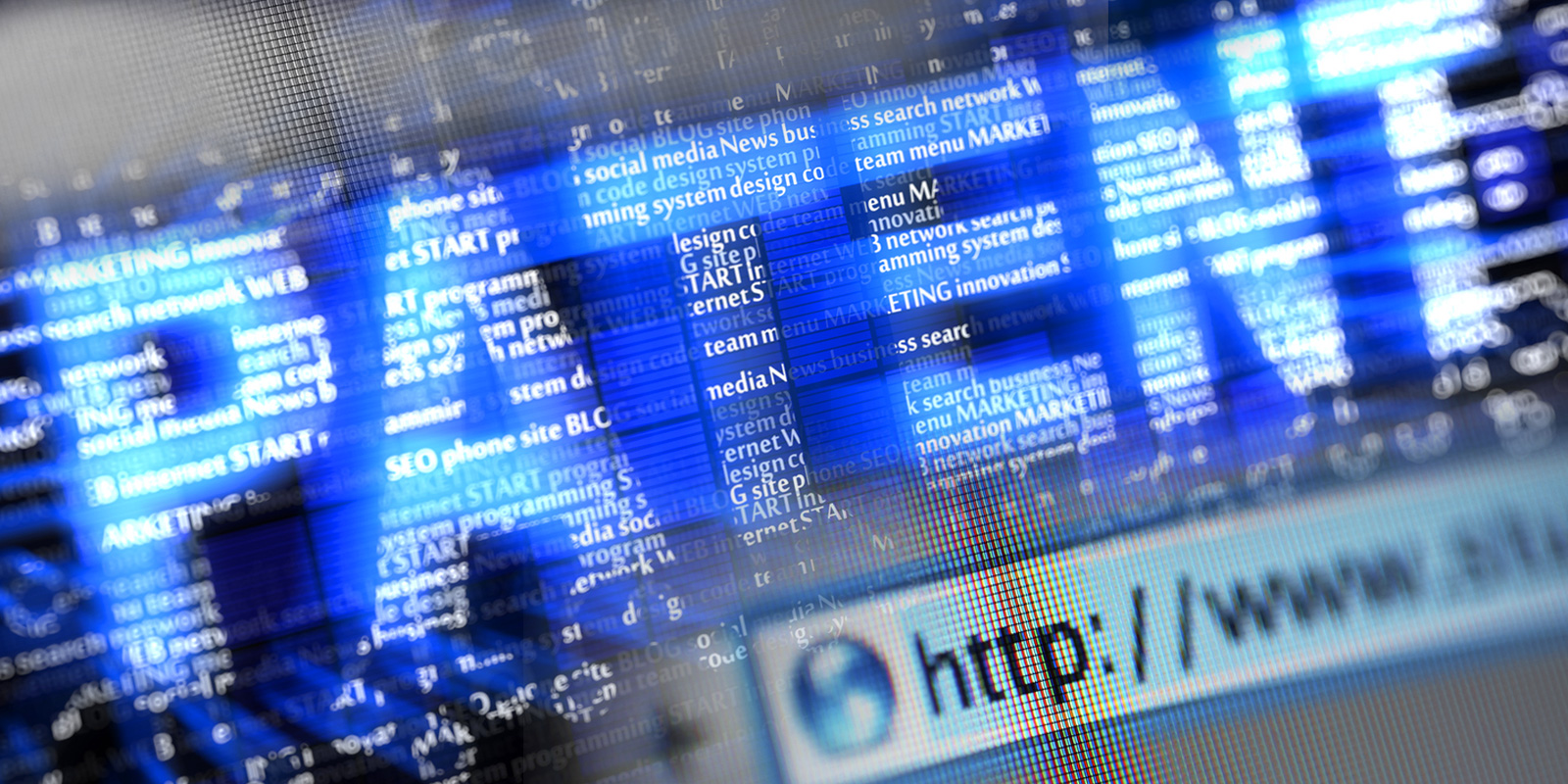
Patent Marking and e-Marking in Europe: Maximizing Benefits and Avoiding Pitfalls
In Short
The Background: Patent marking refers to the practice of indicating on a product that its underlying technology is protected through a patent. As an alternative to traditional patent marking, e-marking displays information on a product's IP rights on a dedicated website accessible through a QR code or a hyperlink. In U.S. patent infringement lawsuits, patent marking serves as evidence that the infringer was aware of the patent's existence, and failing to mark products may lead to reduced damages being awarded.
The Result: In Europe, unlike in the United States, patent marking does not offer any significant legal benefits. In France and Germany, marking products does not impact the amount of damages awarded in patent infringement cases. In the United Kingdom, patent marking eliminates the option for the infringer to plead innocence as a defense, but such defense is rarely successful. However, as in the United States, providing misleading or false patent markings may lead to severe sanctions, including criminal fines and criminal or civil liability for unfair commercial practices.
Looking Ahead: Companies should be mindful of legislative differences among jurisdictions as well as of the consequences of false marking in each country. Companies looking into patent marking may also want to consider e-marking, which facilitates efficient updates to a product's patent status.
Patent marking constitutes the practice of indicating on a product or its packaging that its underlying technology is patented and therefore protected under intellectual property law. Under U.S. patent law, patent marking is used in patent infringement suits to prove an infringer's awareness of a patent at the earliest possible date, which will have a positive effect on the amount of damages awarded to the patent holder.
Patent marking is also considered to offer indirect commercial benefits. A recent marketing study by Jamal Eddine Azzam, David H. Henard, and Stéphane Salgado ("'Patent Marking' as a Signaling Strategy: Impacts on Perceived Product Innovativeness and Innovation Adoption," Décisions Marketing, vol. 109, no. 1, 2023, pp. 141–159) revealed that consumers perceive patent marking as a sign of a product's novelty, usefulness, and innovativeness, making them more inclined to pay a premium price for a patent-marked product.
E-marking, also referred to as web-marking or virtual marking, is a new method of patent marking that consists of placing digital tools, such as hyperlinks or QR codes, on a product to direct users to a dedicated website page that outlines intellectual property rights and registrations associated with that product. A relatively recent phenomenon, e-marking has been gaining traction for its cost-effectiveness, flexibility, and transparency. In 2011, the United States was the first country to formally recognize e-marking under an amendment to the Leahy-Smith America Invents Act.
On the other side of the Atlantic, the European Patent Convention makes no reference to either patent marking or e-marking, and consequently, matters pertaining to this practice are treated under national legislations, to a varied degree of acceptance.
France and Germany
Unlike in the United States, under French and German jurisdictions, patent marking and e-marking have no direct effect on amount of damages granted in infringement cases. Consequently, these practices offer only indirect commercial and advertising benefits. For consumers, the patent-marking effect is in an increased product value, as patented products are generally perceived to be more novel, useful, and innovative. For competitors, on the other hand, patent marking serves a warning that the technology behind the product may not be freely used and the product may not be reverse-engineered and copied, unless patent rights on such technology have been exhausted.
Patent holders, therefore, are free to patent mark products as long as such markings reflect the truthful status of the patent. False or misleading marking may lead to sanctions under patent law, consumer law, and unfair competition law.
Under French law, article L. 615-12 of the French Intellectual Property Code establishes a criminal sanction with a fixed fine of €7,500 for false claims of patent ownership, which inter alia may also apply to false patent marking.
Under German law, if a product is marked, the proprietor of the patent must, upon request of any interested person, provide information on the patent number (or patent application number) (§ 146 PatG). The same applies for utility markings and design markings (§ 30 GebrMG and § 59 DesignG, respectively).
In addition, under both jurisdictions, false patent marking is sanctionable as a misleading commercial practice or an unfair competition practice, which can be raised before civil or criminal courts.
For instance, in a March 30, 2022, decision, the Paris Court of Appeals confirmed that using the word "patented," when the patent has not been issued yet, may mislead consumers as to the main characteristics of the product and, as such, is sanctionable as an unfair trade practice (Court of Appeals Paris, March 30, 2022, No. 20/07793).
Similarly, in a June 1, 2017, decision, the Munich Higher Regional Court ruled that the term "patent pending" would be interpreted by consumers as if the patent has already been granted, and therefore such marking may be sanctioned as misleading advertising if used for a patent application (6 U 3973/16).
The United Kingdom
In the United Kingdom, similar to the United States, patent marking and e-marking have direct legal benefits because marking a product with the word "patent" or "patented," along with the patent number or internet link, removes the possibility of an innocence defense to a competitor who infringes the patent.
As per Section 62(1) of the UK Patents Act 1977, infringers do not have to pay damages if they can prove that they were not aware of the existence of the patent and had no reasonable grounds for supposing that the patent existed. However, in practice, invoking the innocence defense is extremely challenging for commercial entities once patents are published. Consequently, the benefits of patent marking or e-marking are somewhat constrained.
As of 2014, the UK Patents Act 1977 also formally recognizes virtual patent marking and imposes certain requirements, such as that the website link must be freely accessible and lead to a dedicated page that includes the product's patent number.
As in other jurisdictions, false patent marking may lead to sanctions. According to Sections 110 and 111 of the Patents Act 1977, falsely representing that a product is patented or that a patent application has been made may lead to summary conviction and a fine. Consequently, any change in the patent's status necessitates a corresponding adjustment in the marking.
Misleading advertising through patent marking and e-marking is also punished under the Consumer Protection from Unfair Trading Regulations 2008 and the Business Protection from Misleading Marketing Regulations 2008.
Three Key Takeaways
- Unlike in the United States, patent marking has more limited benefits in Europe. In the United Kingdom, patent marking only has the positive effect of countering an infringer's innocence defense. In France and Germany, advantages of patent marking are limited to simple commercial or advertising benefits.
- Patent holders considering patent marking should ensure that the marking accurately represents the current patent status and that it cannot be considered misleading in any manner. The patent used for marking must be both valid and in force within the specific jurisdiction. Otherwise, patent holders bear the risk of misleading the public and violating patent laws and unfair competition laws.
- Patent holders should also consider benefits of e-marking, which allows efficient information updates on a product's IP status, such as when a patent expires or is revoked, or a patent application is refused, withdrawn, or granted, as this would avoid unnecessary commercial costs associated with updating marked products.





